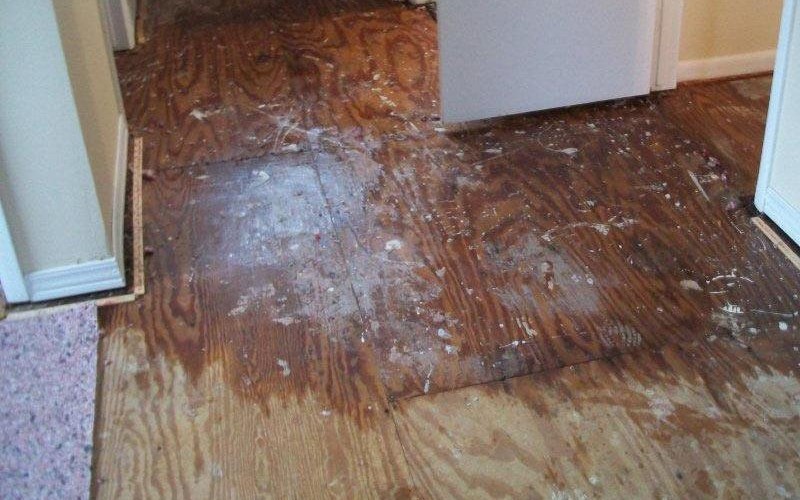Do's & Don'ts of Water Restoration.
Do's & Don'ts of Water Restoration.
Blog Article
Have you been hunting for content about Simple Solutions To Preventing Fire And Water Damage To Your Home?

Water provides life, water invasion on components where it's not intended to be can result in damage. Homes with water damage smell old and musty.
Water can come from many resources such as typhoons, floodings, ruptured pipelines, leakages, as well as drain issues. In case you experience water damages, it would certainly be great to know some safety preventative measures. Right here are a few standards on exactly how to handle water damage.
Do Prioritize House Insurance Policy Coverage
Water damages from flooding as a result of heavy winds is seasonal. You can additionally experience an unexpected flooding when a faulty pipeline suddenly bursts right into your residence. It would be best to have home insurance that covers both disasters such as all-natural catastrophes, and emergencies like busted plumbing.
Don't Forget to Switch Off Utilities
In the event of a catastrophe, especially if you stay in a flood-prone area, it would certainly be suggested to shut off the major electric circuit. This cuts off power to your entire house, protecting against electrical shocks when water is available in as it is a conductor. Don't fail to remember to transform off the major water line shutoff. Furniture will relocate about and cause damage when floodwaters are high. Having the main valve shut off protects against additional damage.
Do Stay Proactive as well as Heed Weather Condition Signals
Listen to emptying cautions if you live near a creek, lake, or river . Doing so lowers potential residential property damage.
Do Not Overlook the Roofing System
You can prevent rainfall damages if there are no holes and leaks in your roofing system. This will avoid water from flowing down your walls and saturating your ceiling.
Do Pay Attention to Tiny Leakages
A ruptured pipeline doesn't happen overnight. You may see bubbling paint, peeling wallpaper, water touches, water discolorations, or dripping sounds behind the walls. Have your plumbing fixed prior to it results in huge damage.
Do Not Panic in Case of a Burst Pipe
Maintaining your clearheadedness is crucial in a time of dilemma. Because it will certainly suppress you from acting quick, panicking will just intensify the problem. When it comes to water damages, timing is essential. The longer you wait, the more damages you can expect. Hence, if a pipe bursts in your residence, promptly shut down your main water shutoff to remove the source. Unplug all electric outlets in the location or turn off the circuit breaker for that part of the residence. Ultimately, call a trusted water damages restoration specialist for support.
Water offers life, water breach on components where it's not expected to be can result in damage. Homes with water damage odor old as well as stuffy.
Water damage from flood dues to hefty winds is seasonal. You might discover bubbling paint, peeling off wallpaper, water touches, water spots, or dripping sounds behind the wall surfaces. When it comes to water damage, timing is key.
Some Do's & Don't When Dealing with a Water Damage
DO:
Make sure the water source has been eliminated. Contact a plumber if needed. Turn off circuit breakers supplying electricity to wet areas and unplug any electronics that are on wet carpet or surfaces Remove small furniture items Remove as much excess water as possible by mopping or blotting; Use WHITE towels to blot wet carpeting Wipe water from wooden furniture after removing anything on it Remove and prop up wet upholstery cushions for even drying (check for any bleeding) Pin up curtains or furniture skirts if needed Place aluminum foil, saucers or wood blocks between furniture legs and wet carpet Turn on air conditioning for maximum drying in winter and open windows in the summer Open any drawers and cabinets affected for complete drying but do not force them open Remove any valuable art objects or paintings to a safe, dry place Open any suitcases or luggage that may have been affected to dry, preferably in sunlight Hang any fur or leather goods to dry at room temperature Punch small holes in sagging ceilings to relieve trapped water (don't forget to place pans beneath!); however, if the ceiling is sagging extremely low, stay out of the room and we'll take care of it DO NOT:
Leave wet fabrics in place; dry them as soon as possible Leave books, magazines or any other colored items on wet carpets or floor Use your household vacuum to remove water Use TV's or other electronics/appliances while standing on wet carpets or floors; especially not on wet concrete floors Turn on ceiling fixtures if the ceiling is wet Turn your heat up, unless instructed otherwise

I hope you enjoyed our topic about Ways to Reduce The Risk Of Fire And Water Damage. Thanks so much for taking a few minutes to browse our article post. Enjoyed reading our posting? Please share it. Help someone else discover it. I am grateful for your time. Come back soon.
Report this page